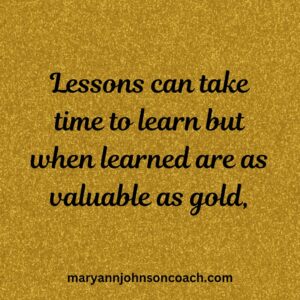 When I lived in Montana with seven children, I was a busy mother. You’re smiling because you know exactly what I mean. A family, regardless of its size, is a handful; lots of cooking, laundry, cleaning, driving people here and there, and so forth. I look back and wonder how in the world I did it all.
When I lived in Montana with seven children, I was a busy mother. You’re smiling because you know exactly what I mean. A family, regardless of its size, is a handful; lots of cooking, laundry, cleaning, driving people here and there, and so forth. I look back and wonder how in the world I did it all.
I have also pondered how I managed with so little connection to other women. I had my church friends. I had my school band club friends. I had friends when I was a Girl Scout Leader. I had friends that I taught community classes with.
What I had very little of were face-to-face, heart-to-heart connections, where you sit down, breathe together, and confide in each other. There are reasons for this. I am a leader, but I am also a loner. I like to get in there, get it done, and then I want to be alone. I made the choice to work and manage on my own because I felt I could. I didn’t think about how to fit these types of connections into my life because I didn’t think they were important, and I was busy!
These facts matter because they triggered the Five-Year Lesson. I am being upfront when I tell you the lesson is not finished. I know there are more levels, but I am less wary of what may come than when the lesson first began. I wondered if I should share this unfinished story with you, but then decided that it isn’t imperative to have traveled the whole road to share the sights along the way.
I know intellectually that face-to-face, heart-to-heart friendships matter, but as I said, I felt I didn’t need that. I should have known better because I had a couple of experiences in the early years of my parenting that illustrated otherwise; that I wasn’t going to manage my whole life on my own. I was going to need a real connection to others.
EXPERIENCE 1
In Colorado, in the early years of parenting, I had the kind of friends I mentioned above. At that time, I was deep in postpartum depression. I had a 3-year-old and a nine-month-old.
At some point, I recall kneeling and pleading for a friend, someone I could tell how I felt and the dark thoughts I was having, someone I could trust and who would help me turn on the light. That same week, as I mingled with my church friends, I saw a woman I knew and liked. I had the feeling she was the friend I had prayed for. I went home and pondered the situation. It took me over two months to call and invite her to my home.
We had a simple lunch with kids running all over the place. We talked and laughed. I felt lighter and happy. It was an amazing experience. We began to get together once a week. Our association made a difference for me, and I started to get a handle on my thoughts and feelings. She didn’t judge me, just loved me.
EXPERIENCE 2
We then moved to Montana. After a couple of years, one of my church friends began reaching out to me. She was persistent. She dropped by. She called. I wasn’t reaching back. I had five kids by then and as I mentioned, I was a busy person. But Linda never gave up. Maybe she needed what I had needed in Colorado.
One day I had a strong feeling to stop at her home as I returned from an errand. It was out of the way, but the feeling was strong, so I did. The rest is history, as they say. We became dear friends and spoke on the phone regularly for almost twenty years. We supported one another as we discussed books, the scriptures, values, our marriages, community happenings, and raising our children.
Despite being shown the value and necessity of face-to-face and heart-to-heart relationships, the kind that requires space and time, I did not take the lesson to heart. When I left Montana and moved to Utah I carried on as before. For context, know that I have been in Utah for over twenty years.
Five years ago, I began feeling I needed to form a few of these relationships. This was the thought, “Mary, you need a few friends. You need to make time for them and yourself. You can’t wait until life slows down. Do it now!”
I wasn’t interested. My husband’s health was poor and my mother, in her late eighties, with dementia, had come to live with us. I had given up my profession as a mentor and speaker because I lived in a four-generation home, helping to care for my special needs granddaughter, and was far too busy for that type of friend. I was content with my church friends and an occasional talk over the garden fence. So, despite the clear feelings, I ignored them for two years.
The feeling persisted. I would pull up the story I had been telling myself for years, that when Don was gone, and I was old and alone I would have time for those kinds of friends. Frankly, this was the story I had been telling myself since I began parenting. It was one reason I felt God gave me those two experiences, so I would put that story down. But I hadn’t.
Eventually, a new thought emerged, “If you wait it will be too late.” What did that mean? I had no idea. I pondered the idea for months. Then I began to get a glimpse of what I was being taught. The two experiences I have shared came back to my mind. I remembered how much those women had helped me, and I had helped them. I began to see, to have clarity.
Caregiving, whether it is for the ill, those with dementia, or raising children, is stressful. Being with someone you can trust, who listens, and to whom you can listen, mitigate that stress. It can lift a spirit and heart. It makes a difference.
Did you know that 30-40% of those who care for an ill family member or someone with dementia die before those they care for? I knew these statistics and they concerned me. I wasn’t ignorant of the fact that if I continued to wait to implement time to relax, breathe, laugh, and rejuvenate I could become one of those.
Most of you are not full-time caregivers, but you are caring for kids, a spouse, etc. I know from my research that the stress from parenting takes a toll on your mental and physical health, maybe not in the short term but in the long term, in the loss of memory, health, etc.
Finding a way to fit a few consistently practiced heart-to-heart and face-to-face connections into your life, at whatever stage you are in, matters.
With this new clarity, I wondered how I could make it work. I still didn’t want to do it, but I knew my health and happiness were at stake, and I was grateful that God would reach out to me a second time. I am sure he knew I had grown and was finally ready to learn.
I cast my thoughts to the last place we had lived before moving to our current home in West Point. It was about an hour away, in Kearns. I had a church friend, Anne, who I enjoyed talking with. We had things in common. She taught special needs kids and I have a special needs granddaughter. We had connected a few times via Facebook in the years since I moved. I got brave, overcame my loner mentality, and asked her if she would like to meet with me. She suggested lunch. Yikes, the dreaded lunch, too much time and money! LOL I said OK. We each drive 30 minutes to meet in a central place.
I hadn’t planned on a second lunch, but while eating I thought this was the place to begin following the prompting I had been having for over two years. We scheduled a lunch for every 3 months. We have both enjoyed it!
Then I began thinking about my friend, Linda, in Montana. She doesn’t do Facebook or text, so I called. We now have a phone conversation once every three months.
Over the last three years, I have set up calls every three months with several other friends who I met in different arenas of my life. This may not seem like much for over five years, but remember it took me two years to understand why I felt the need to make this change. I needed to add them one at a time to test the waters.
Recently, I added two more friends. It began with Alysia, a younger mom from my speaking days. She reached out last year, and we had a great conversation. It ended with her saying, “Let’s do this again.” Months passed. I had it on my daily worksheet to call her back. It didn’t happen. Finally, I reached out and we decided to walk together one morning. After the walk, we decided to walk together once a month. Wow, I had gone from once every three months to once a month. Progress. : )
Then a second young mother that I love, Livia, was in a class I had decided to attend with my husband and my mom. After the class, she and I talked and laughed. It was wonderful. In that conversation, she discovered that Alysia and I were walking once a month. They are also friends. She suggested that we all walk together a few days a week. What! But it seemed like a good thing, so we have given it a try. It has been good for me!
Let me be transparent and honest here. It matters to the lesson.
I have a daily schedule I use to manage my busy, people-filled days. In the beginning, when one of these scheduled events showed up on my calendar, I would feel bugged. I don’t have time for this! I sometimes struggled not to cancel. I didn’t look forward to the event with anticipation or excitement. It was just another thing on my list. During the event, I had a great time, but these feelings would surface the next time around. I know this seems lame, but this is truly where I was. However, I persisted.
The New Twist
On our first walk together Livia and I talked about the feelings around adding things to an already weighty daily list. She said, “What if you considered it a ‘joyful anticipation’?” I have taken that to heart. I have spent time rewriting my story about the value of face-to-face friends in my days and when I should make that happen.
In fact, I had to drive one hour today to have lunch with my old high school friends. I have been up to my neck in canning this week. I still have pears and apples to do. But when I saw it on the schedule, I didn’t feel that old worry that this was going to take the better part of my day, which it did, and I had so much to do. I looked forward to it. I felt joyful anticipation.
This also happened today with my morning walk, which was a bit delayed because when you walk with others you sometimes need to be flexible. Another perk of this five-year lesson. : )
How is it working out?
I have learned what “If you wait it will be too late,” means. I have good self-care practices that I have been using daily for years. However, the stress in my life as a caregiver has increased. They aren’t always enough. It has felt like parenting seven kids with a husband on the road, again. LOL So having relationships that help relieve stress is a must.
What I have put into place in the last three years is making a huge difference and I am proud of myself for staying the course, doing the hard thing, and seeing the results!
So, what have I taken away from this Five-Year Lesson?
My Five-Year Lesson Take Aways
1. Wherever we are in life, we need heart-to-heart and face-to-face connections. We need them NOW, not later when we have more time, fewer kids at home, less hours at work, or are old and alone, etc.
2. These types of relationships need to be worked into our lives. They happen when we are intentional and consistent. We must plan or it won’t happen.
3. Feel joyful anticipation. This is a choice. Remind yourself why you are doing this.
4. These planned and consistent encounters can and will make a difference in our mental, emotional, and physical health, both now and long term.
5. You do not need a lot of these types of friends. One can be enough if you connect consistently. However, having a few is always good.
6. These kinds of friendships take time and effort. Begin. Don’t wait. Put your safety net in place now.
7. It will be worth the effort!
If I can learn this lesson, so can you! We will all be healthier and happier for it.
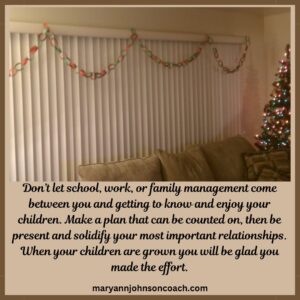 Thirteen years ago, I had a wonderful evening with my eight-year-old friend, Hailey. It was successful because time had been set apart for the activity, it happened consistently so Hailey could count on it, and I was present. When we want to solidify relationships in our family these three ingredients make all the difference. I was 61 when I had this experience. Hailey was eight.
Thirteen years ago, I had a wonderful evening with my eight-year-old friend, Hailey. It was successful because time had been set apart for the activity, it happened consistently so Hailey could count on it, and I was present. When we want to solidify relationships in our family these three ingredients make all the difference. I was 61 when I had this experience. Hailey was eight. 

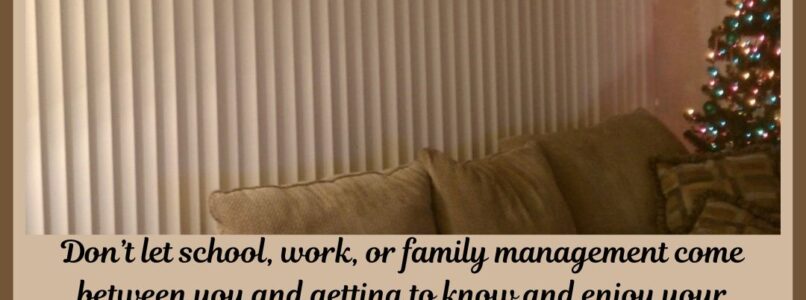

 Two weeks ago, I shared
Two weeks ago, I shared 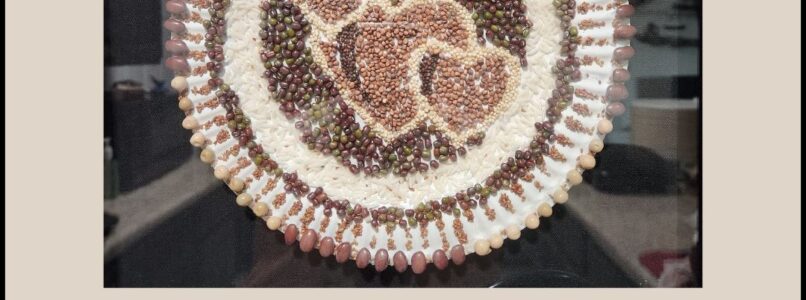
 Last week
Last week nine.
nine.
 My hairdresser, Emily, works out of her home. Most of the kids are in school but she has one little guy who is four and still at home during the day. We have fun conversations.
My hairdresser, Emily, works out of her home. Most of the kids are in school but she has one little guy who is four and still at home during the day. We have fun conversations.
 When I lived in Montana with seven children, I was a busy mother. You’re smiling because you know exactly what I mean. A family, regardless of its size, is a handful; lots of cooking, laundry, cleaning, driving people here and there, and so forth. I look back and wonder how in the world I did it all.
When I lived in Montana with seven children, I was a busy mother. You’re smiling because you know exactly what I mean. A family, regardless of its size, is a handful; lots of cooking, laundry, cleaning, driving people here and there, and so forth. I look back and wonder how in the world I did it all.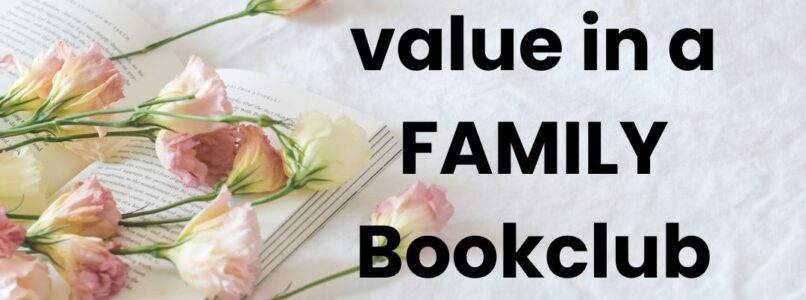
 On March 3, 2024, I published an article titled
On March 3, 2024, I published an article titled 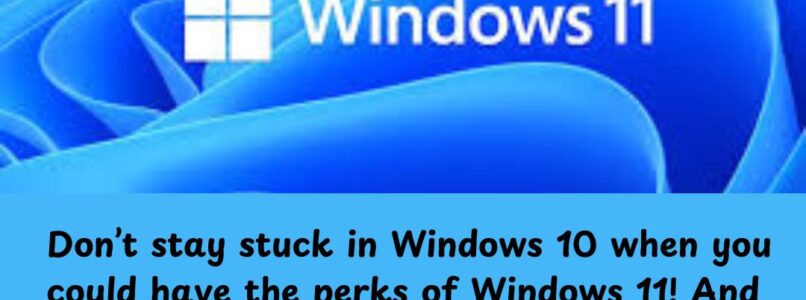
 I Don’t Like Change.
I Don’t Like Change.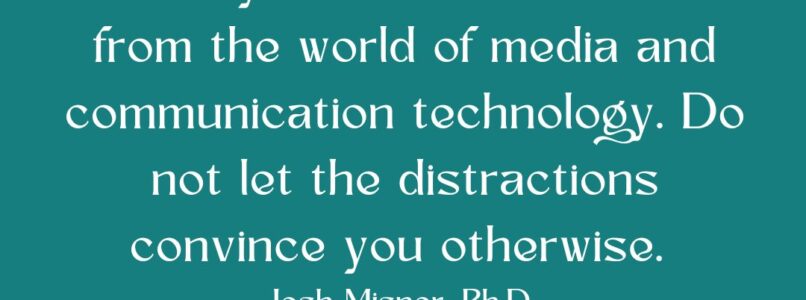
 In our world, we’re so used to having technology always with us that it’s challenging to be without it for even a short time. Technology, as wonderful as it is, can be
In our world, we’re so used to having technology always with us that it’s challenging to be without it for even a short time. Technology, as wonderful as it is, can be 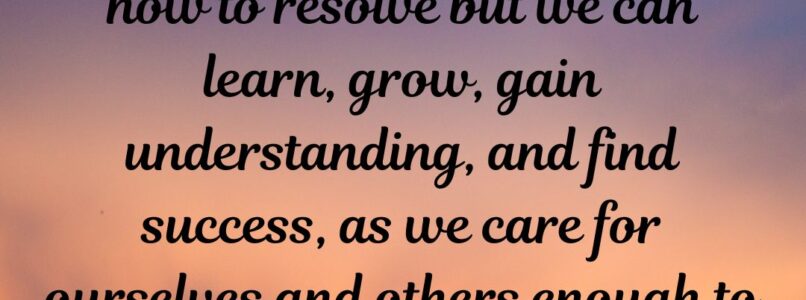
 Early this spring Jodie was taking a short trip. She hauled the suitcase out of the garage so she could pack. Later, she asked me if I had seen it. No, I hadn’t but I went upstairs to help her look. We searched everywhere and then lo and behold we saw it! It was leaning up against the wall by the front door, in direct sight. It wasn’t hidden by anything. We weren’t looking for the obvious, I guess.
Early this spring Jodie was taking a short trip. She hauled the suitcase out of the garage so she could pack. Later, she asked me if I had seen it. No, I hadn’t but I went upstairs to help her look. We searched everywhere and then lo and behold we saw it! It was leaning up against the wall by the front door, in direct sight. It wasn’t hidden by anything. We weren’t looking for the obvious, I guess.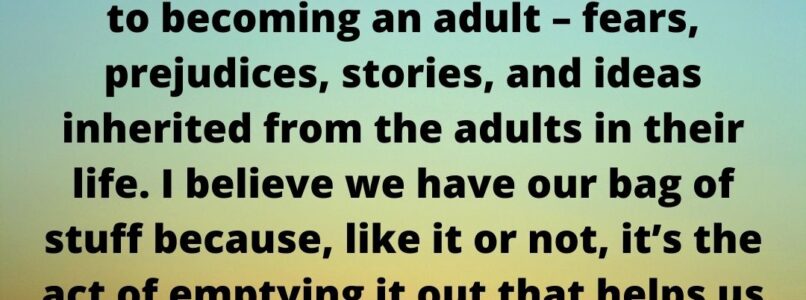
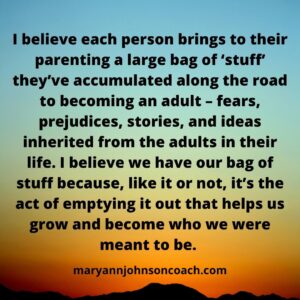 Seven years ago, Jodie and her family moved from Kearns, UT. to West Point, UT. We were living with them, helping with Maggie and the other children. Living in a home with kids was assisting Don with his health challenges. It was a win-win situation.
Seven years ago, Jodie and her family moved from Kearns, UT. to West Point, UT. We were living with them, helping with Maggie and the other children. Living in a home with kids was assisting Don with his health challenges. It was a win-win situation.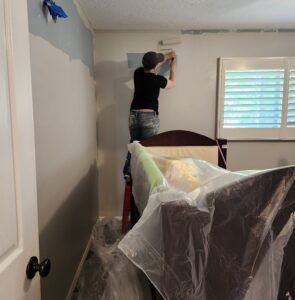 friendly. She had a ton of painting to do. We spent much time pondering what needed to be done, getting the materials together, calling for reinforcements, and then doing the work.
friendly. She had a ton of painting to do. We spent much time pondering what needed to be done, getting the materials together, calling for reinforcements, and then doing the work. In my part of the house, we have yet to finish the transition molding in the doorways of each room. It will require a tool and some skills we don’t have yet. We will need help.
In my part of the house, we have yet to finish the transition molding in the doorways of each room. It will require a tool and some skills we don’t have yet. We will need help. summers ago we realized she had to revamp the entire bathroom to accommodate a growing daughter with a larger wheelchair. We needed an unconventional shower that would accommodate regular feet and legs, as well as a wheelchair. We also needed a lift to get Maggie into and out of the tub safely if she wanted a bath.
summers ago we realized she had to revamp the entire bathroom to accommodate a growing daughter with a larger wheelchair. We needed an unconventional shower that would accommodate regular feet and legs, as well as a wheelchair. We also needed a lift to get Maggie into and out of the tub safely if she wanted a bath.